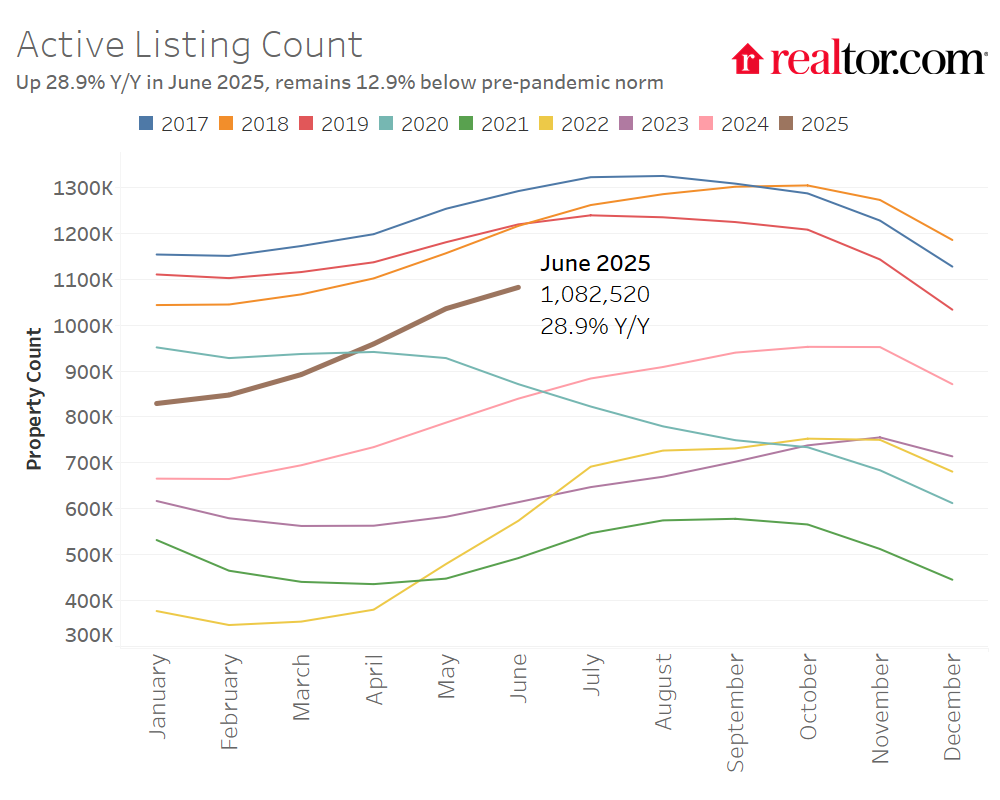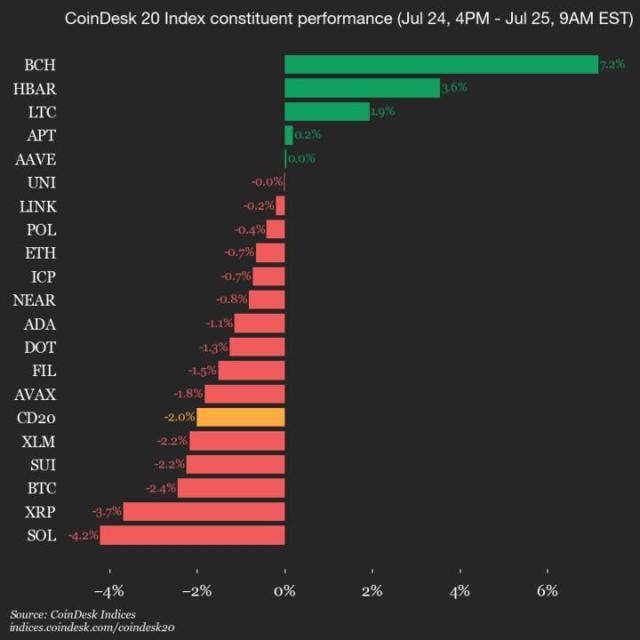US Housing Market Entering Winter Early? According to a report released this month by the real estate platform 'realtor', the annualized sales volume of used homes in the US in June was only 3.93 million units, hitting a new low since September 2024. Meanwhile, the national median home listing price has risen to $435,300, setting a new record once again.
Sales Volume Bottoms Out, High Interest Rates Become the Biggest Stumbling Block
According to data from the National Association of Realtors (NAR) for June, used home sales decreased by 2.7% compared to May, far below the market's estimated 0.7% decline. In terms of regional distribution, the Northeast, Midwest, and Southern regions saw the deepest drops, while the West showed a slight recovery.
It's worth noting that the average mortgage loan rate of 6.75% has significantly increased pressure on first-time homebuyers and also reduced the willingness of homeowners with low-interest loans to sell, thus directly compressing the scale of available properties.
Inventory Increases, Prices Still Reach New Highs
In terms of housing inventory, the number of homes for sale reached 1.53 million units by the end of June, a year-on-year increase of 15.9%, equivalent to 4.7 months of inventory. 'Realtor' further pointed out in the report that active listings increased by about 29% year-on-year, but over 20% of sellers have reduced their asking prices after an average of 53 days on the market.
However, despite this, the median listing price is still 2% higher than the same period last year and has been increasing for 24 consecutive months; the price of detached houses is even higher at $441,500, also a 2% year-on-year increase. Analysts point out that one major factor in maintaining high prices is that investment buyers account for 27%, with high-purchasing-power groups filling the gap left by general homebuyers, supporting prices.

Overall, high interest rates in the US have kept potential buyers out and locked in homeowners looking to switch properties, causing transaction volumes to freeze. While more listings are seen in the market, they are mostly at still-high prices with sellers in a stalemate, limiting the speed of sales. NAR's assessment indicates:
"If mortgage loan rates drop to around 6%, the housing sales market may significantly recover."
Trump Considers Canceling Capital Gains Tax on Home Sales
Currently, under the US tax system, taxpayers selling their primary residence can enjoy a tax exemption of up to $250,000 (individual) or $500,000 (joint filing), but amounts exceeding this are taxed at the long-term capital gains tax rate (0% to 20%, depending on income) or short-term capital gains tax rate (equivalent to ordinary income tax rate).
However, during the current housing market downturn, US President Trump stated on July 22 that the government is considering eliminating the capital gains tax on residential sales to stimulate the real estate market. Trump mentioned to reporters at the White House that if the Federal Reserve cuts interest rates, the necessity of eliminating capital gains tax might decrease, but it remains part of his policy considerations. Currently, this proposal has received support from Republican Representative Marjorie Taylor Greene, who proposed the "No Tax on Home Sales Act" advocating for a complete cancellation of federal capital gains tax on primary residential sales, believing this would allow people to retain more of their property.
However, experts warn that this proposal may increase market transactions and economic vitality in the short term but also brings risks of fiscal deficit and inflation. Additionally, if companies reduce investment due to tariff or exchange rate pressures, people's willingness to buy homes might also decrease, potentially offsetting the policy's benefits.








